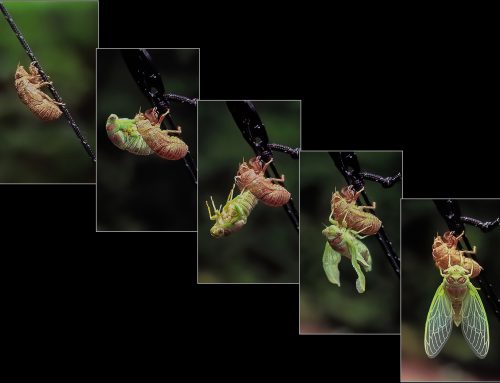One of the UK’s foremost architectural, landscape and fine art photographers Zoomed into LBPC on Wednesday 9 December. Les Forrester BA Hons Photo ARPS DPAGB EFIAP BPE3* joined us all the way from the Yorkshire Dales.
More of Les’s images can be found at https://www.lesforrester.com
Les can also be found on Instagram and Facebook.
Les has competed around the world in international competitions and won numerous awards. And in 2018 he was invited to join the prestigious London Salon of Photography. But more recently his photography has moved away from salons etc and back to his first love of architecture. He also enjoys long exposure work, monochrome, and any subject that catches his eye as he walks around the Dales.
Les’s presentation on “Monochrome and Architecture”, a combination of two separate talks, was split into five parts. And in each part he explained how he had taken his shots and how he had edited them.
We started with “Fine Art Minimal Long Exposure” and some mono seascapes and “bridgescapes” of wonderful simplicity. Les described how he uses ND filters (10 stops and upwards) and an ND Timer app on his phone to capture his images.
He also explained how, during processing, he divides an image into sections and processes each section separately to achieve his desired result. After basic processing in Lightroom, he often uses Silver Efex Pro from the Nik Collection to convert to black and white and then makes Curves and Levels adjustments in Photoshop, as well as doing plenty of dodging and burning. He makes lots of small adjustments and builds up his effects gradually.
He likes to use a square format for many of his images. And he is very particular about getting the symmetry of his subjects right, horizons exactly level, uprights exactly upright, and so forth.
The finished images can be markedly different from the original out-of-camera RAW images. But Les emphasised that this is “fine art”, not reality.
Next up it was “Anything Goes”, basically where Les put images that didn’t fit into the other parts of the talk. Subjects included Hong Kong demos, steam trains and engine sheds, sheep, snowy trees, beach huts, more bridges, and even a fashion show. Again, Les explained some of the techniques used as well as providing his handy tips for helping “to see the wood from the trees” (eg, leaving a picture alone for a few days, and turning a picture upside down).
Then it was on to “Architecture”, Les’s main passion. His shots are both external and internal. He mostly shoots abroad as access to buildings is less problematical. And, based on the images presented, he seems especially keen on modern municipal buildings such as libraries and stations. There were fascinating images from Hamburg, Berlin, Munich, Stuttgart, London, Hong Kong, and Liege. Again, Les shared some of his post-processing techniques, outlining how he edited a particular shot from Liege Station.
“Scapes” encompassed more seascapes, this time from Scarborough, Bambrough, the Isle of Skye, Hartlepool, the Wirral, and Blythe. And once again Les showed us how he had developed an image of “The Defender” (aka, New Brighton Lighthouse on the Wirral).
Finally, we went to “Venice”. This is of course a much-photographed city and Les wanted to do something different from the norm. He reasoned that he could not do this with the subjects (“they are what they are”), but he could do something in the processing. So (mostly) he processed the skies to be pale grey (whatever colour they really were), the water to be a similar pale tone (whereas it was mostly blue), and the buildings etc to be subtle pale colours (rather than bright).
With his typically long exposures smoothing out clouds and ripples, this approach produced simple, ethereal and atmospheric images quite different from most pictures of Venice.
Throughout his presentation Les shared many secrets of his creative thought process, his photographic techniques, and his post-processing workflow. And it was wonderfully illustrated with his marvellous minimalist cityscapes, landscapes, and seascapes shot in the UK and abroad. His passion for architecture is beautifully realised through his unique style of photography. In particular, his skilful and subtle monochrome processing deftly emphasises the shape and form of his subjects.
This was a memorable and inspiring evening of stunning fine art images.












Leave a Reply